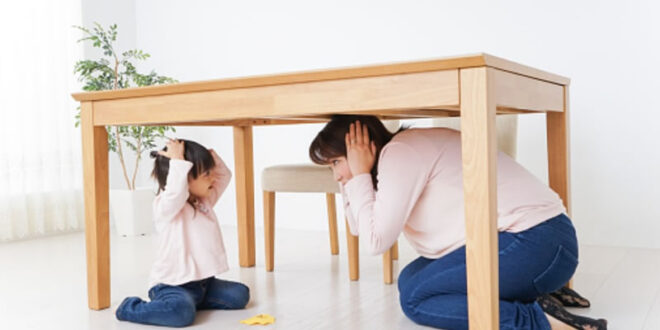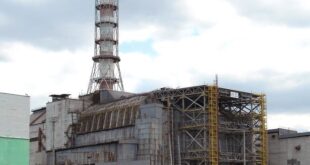Earthquake Drills and Safety Guideline
Earthquake drills are a crucial tool for preparation and safety in the event of a seismic event. While most people are familiar with the basic “duck, cover and hold” drill, school districts and other large organizations often conduct more comprehensive drills in order to ensure the safety and well-being of those in their care.
Earthquake drills work to educate people on the seismically hazardous environments they live or work in, as well as the steps they can take during a real earthquake. These drills can involve scenarios such as participants walking outside into safety or finding the nearest stairwell to protect themselves. The practice of the drills can provide familiarity with the environment in the event of an actual earthquake.
Earthquake Drills and Preparedness Planning!
For school districts and workplaces, the drills involve evacuation and earthquake preparedness planning. The goal is to ensure that all staff and students know the correct and safest evacuation route, as well as how to locate the designated shelter spots. Emergency personnel also use drills to practice response times and other procedures.
In short, these drills are integral components of emergency preparation and involve a simple demonstration of how to prepare for and response to a real earthquake. What to do before an earthquake, such as securing heavy items and knowing the location of the nearest shelter spot, is also often taught during a drill.
Of course, the frequency of earthquake drills depends on the organization, though in California—a seismically active state—drills are able to occur as frequently as annually. While drills can provide peace of mind, it is important to remember that preparedness is the most important aspect of keeping safe and minimizing injury during an earthquake. So, make sure to brush up on the basics, attend an upcoming drill, or take an earthquake safety class to be as knowledgeable and prepared as possible for the next big shake.
The Dangers of Ignoring WWIII: The Russia Ukraine Conflict and America’s Role
What Safety Measures Should You Take in Case of and During an Earthquake?
Preparedness, Safety Measures, Earthquake!
1. Drop to the ground, take cover, and hold on.
2. Move away from windows, shelves, tall furniture, hanging objects, and heavy appliances that could fall over.
3. If you are in a high-rise building, stay away from the elevators and stairwells.
4. Protect your head and neck with a pillow, blanket, or your hands.
5. Avoid areas near exterior walls, windows, and doors.
6. Listen to radio or television announcements for updated emergency information.
7. If you are outdoors, move to an open area away from power lines, trees, and buildings.
8. Stay away from the coastline if you are in a coastal area.
9. Stay out of damaged buildings.
10. Check yourself and others for injuries and provide first aid if possible.
No matter where you are, it’s always important to know the proper earthquake safety measures! Make sure to know your environment and have an emergency plan just in case.
Cheers!
For more stories follow me on Telegram













